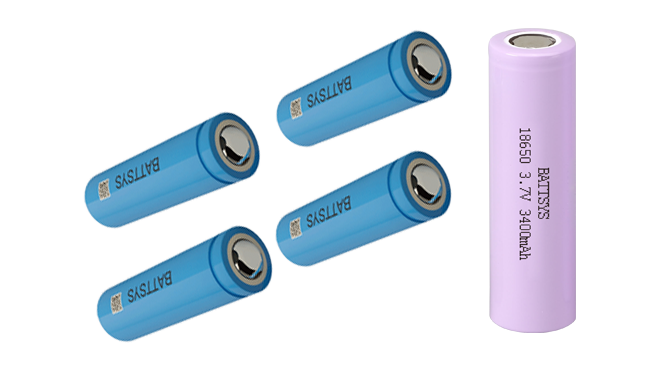Lithium ion batteries require several basic materials: positively charged active materials, negatively charged active materials, isolation membranes, and electrolytes. Now, let me give you a quick overview of what these materials are used for?
Understanding the positive and negative electrodes is not difficult. In order to achieve the movement of charges, you need the potential difference between the positive and negative electrode materials. So, what is an active material? We know that batteries actually convert electrical energy and chemical energy into each other to store and release energy. To achieve this, you need a material that is "easy" to react with, a material that is easily oxidized and reduced, and a material that can convert energy. Therefore, we need an "active material" to make the positive and negative electrodes of the battery.

What is the purpose of electrolytes? Simply put, it is the "water" in the swimming pool that allows lithium ions to swim freely, so the higher the ion conductivity, the lower the resistance to swimming, the lower the electronic conductivity insulation, the better the chemical stability, the better the thermal stability and safety, giving people a broad potential window. Based on these principles, after a long period of engineering exploration, high-purity organic solvents, lithium electrolyte salts, and necessary additives have been discovered. Under certain conditions, electrolytes can be prepared in certain proportions. Organic solvents include PC propylene carbonate, EC ethylene carbonate, DMC dimethyl carbonate, DEC diethyl carbonate, EMC ethyl ester, and other materials. Lithium electrolyte contains substances such as LiPF6 and LiBF4.
In order to achieve chemical stability in energy storage and release processes, that is, the safety and longevity of battery charging and discharging cycles, we need an electrode material that is reactive when needed and stable when needed. After long-term research and exploration, several lithium metal oxides have been discovered, such as lithium cobalt oxide, lithium titanate, lithium iron phosphate, lithium manganese oxide, nickel cobalt manganese ternary materials, etc., as positive or negative electrodes for battery active materials, solving the above problems. As shown in the figure, the olivine structure of lithium iron phosphate is also a very stable positive electrode material structure. During the charging and discharging process, lithium ions are stripped off without causing lattice collapse. In addition, there are also metal lithium batteries, but they are insignificant compared to lithium-ion batteries, and the development of technology ultimately needs to serve the market.
E-Mail: inquiry@fentbattery.com
Tel: 0086 20 3901-1403
Address: No.3, Dongli Road, Xili, Dongyong Town, Nansha District, Guangzhou City, China
Copyright@ China lithium ion battery manufacturers & suppliers & producers | Lithium Battery Factory & Company-BATTSYS Sitemap